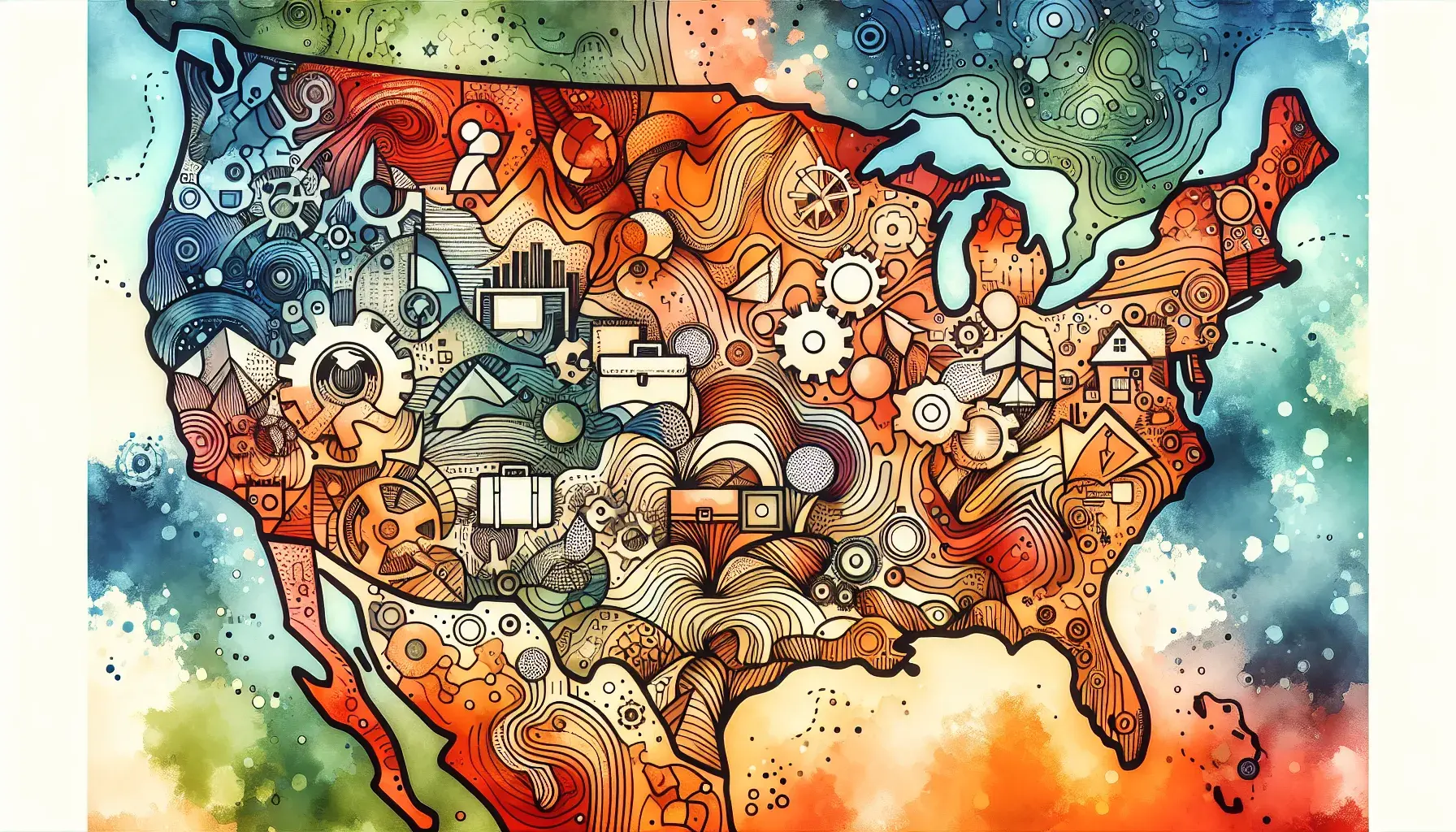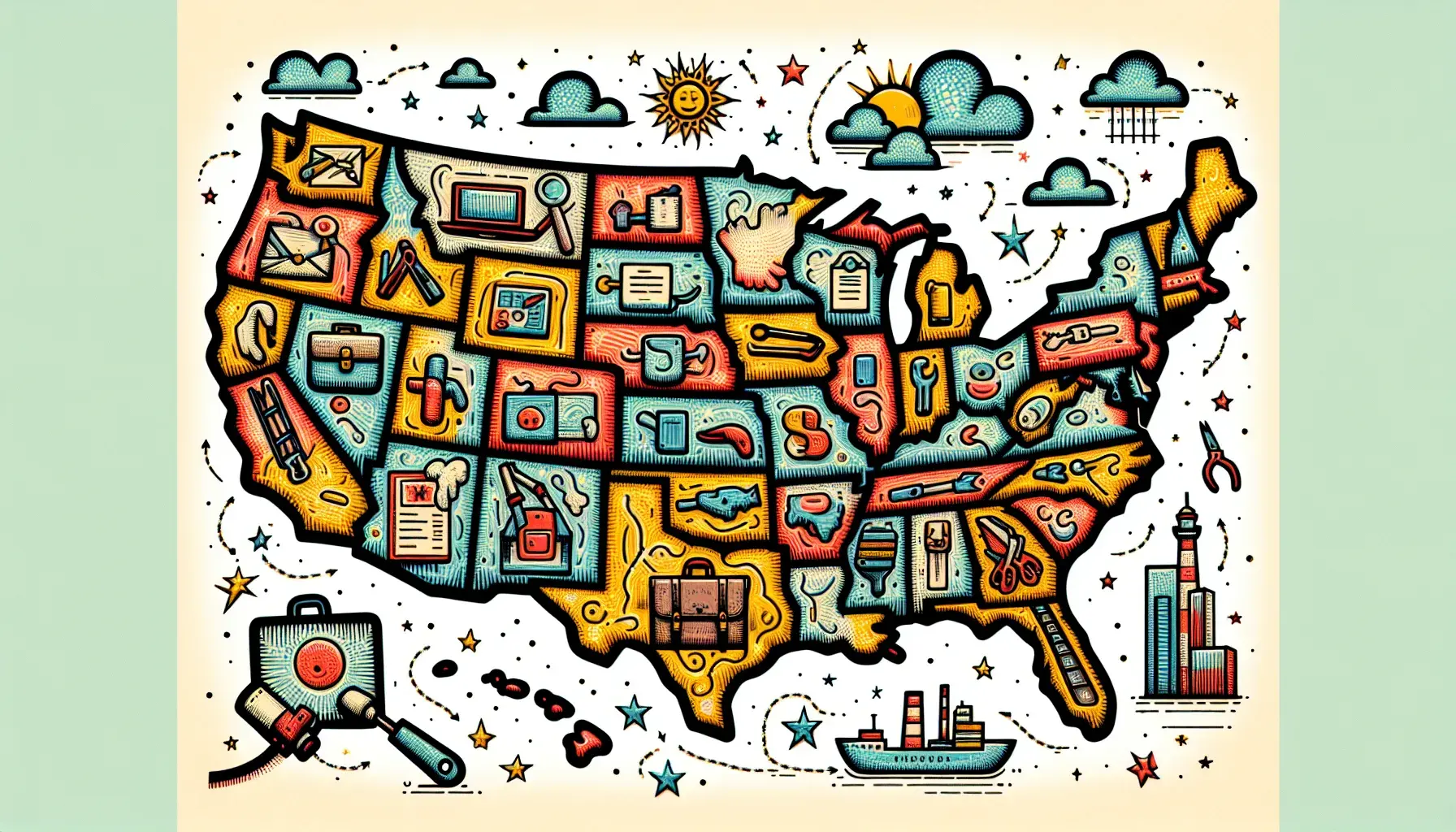Apply for Westcliff University Today!
❤️ 100% Free Assistance + No Fee + Rewards!
We promise we won't spam your inbox with unnecessary emails. Privacy Policy
Fresh federal data shows big differences in how easy it is to find work depending on where you live — with some states still running exceptionally tight labor markets while others are cooling. Using the latest state unemployment rates from the U.S. Bureau of Labor Statistics (August 2025), we mapped where job seekers have the wind at their backs — and where searches may take longer.

The national unemployment rate stood at 4.3% in August 2025. Washington, D.C., not a state, had the highest jobless rate at 6.0%. Among states, South Dakota leads at 1.9% — the lowest in the country — while California tops the state list at 5.5%. These figures are seasonally adjusted and come from the BLS State Employment and Unemployment release issued September 19, 2025.
Ten best (lowest unemployment): South Dakota (1.9%); Vermont (2.5%); North Dakota (2.5%); Hawaii (2.7%); Alabama (2.9%); Montana (2.9%); Nebraska (3.0%); New Hampshire (3.0%); Oklahoma (3.1%); Wisconsin (3.1%).
Ten worst (highest unemployment, excluding D.C.): California (5.5%); Nevada (5.3%); Michigan (5.2%); New Jersey (5.0%); Ohio (5.0%); Oregon (5.0%); Massachusetts (4.8%); Alaska (4.7%); Kentucky (4.7%); Rhode Island (4.6%).
The lists reflect the latest available BLS snapshot of each state’s seasonally adjusted unemployment rate for August 2025. Unemployment is not a perfect proxy for “ease of finding a job,” but it’s a consistent, comparable gauge across states. We focused on states (excluding D.C.) to give a like-for-like view, and reported ties at the stated rate.
Beyond unemployment, job openings also shape how quickly candidates get hired. BLS data for August show regional openings rates remained modest: about 3.8% in the South, 3.6% in the Midwest, 3.4% in the West, and 3.0% in the Northeast. In practice, that means search conditions can vary even within the same jobless-rate band, depending on industry mix and churn.
State labor readings are updated monthly. If you’re weighing a move or planning a search, consider both the latest unemployment figures and local demand in your field — and keep an eye on forthcoming BLS releases, which can nudge states up or down these rankings as conditions evolve.
These Related Stories



No Comments Yet
Let us know what you think